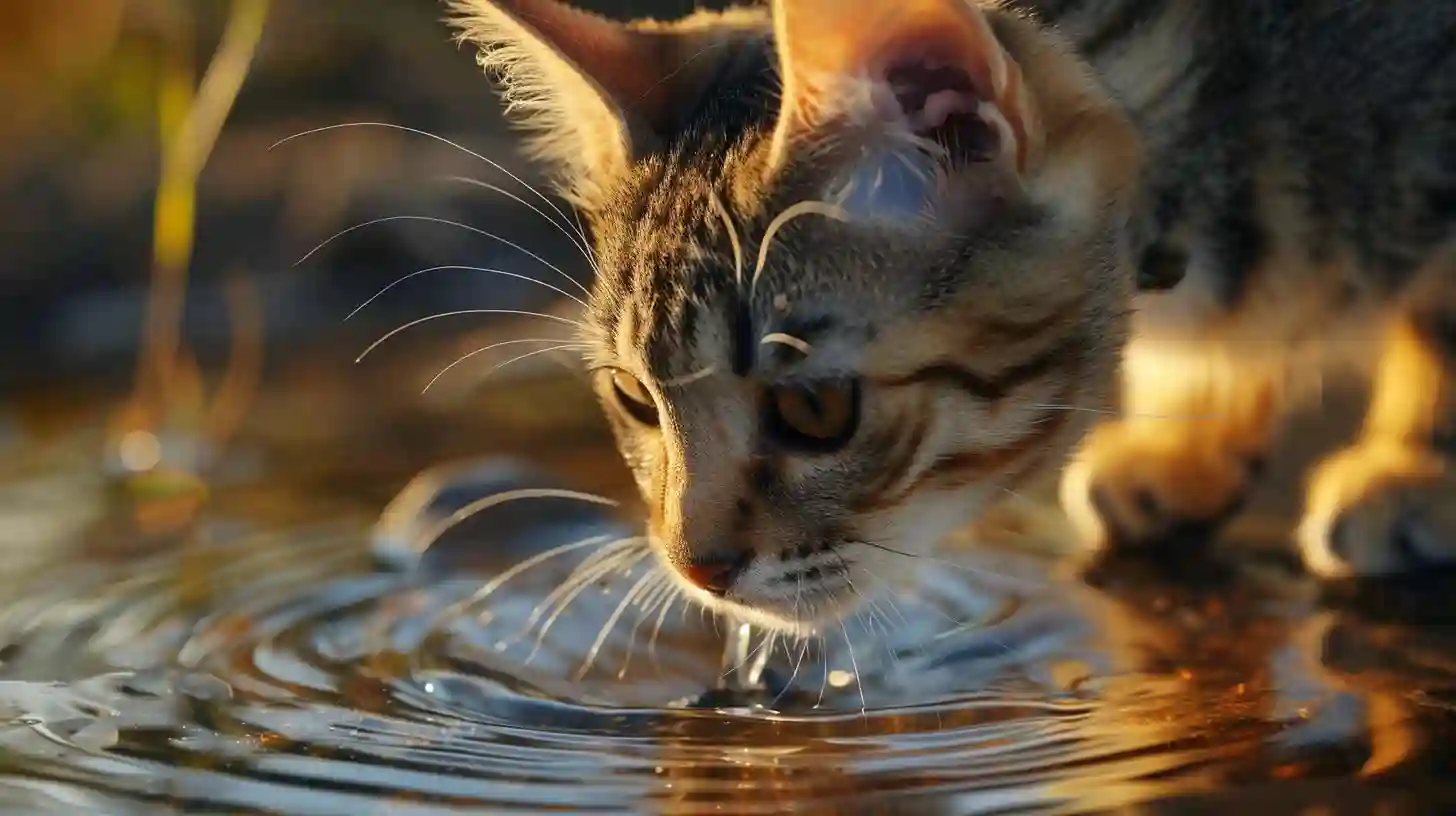
Cats are known for their finicky behavior and mysteriousness. One of the most interesting aspects of cat behavior is their drinking habit. While it may seem like a simple task, drinking water is actually quite a complex process for our feline friends. Understanding how cats drink water and how to encourage them to drink more can help keep them healthy and hydrated.
Unlike dogs, who lap up water with their tongues, cats have a more complex drinking method. When a cat approaches a water source, it will extend its tongue and lightly touch the surface of the water. When they retract their tongue, a column of water forms between the tip of the tongue and the surface of the water. The cat then quickly closes its jaws, capturing the water in its mouth before swallowing.
This drinking method is known as dabbing and is unique to cats. The rate at which cats retract their tongue when drinking is incredibly fast, with some studies showing that cats can drink up to four times per second! This quick lapping allows cats to get enough water into their mouths with each gulp.
Although cats are good drinkers, they are also selective about their water sources. Cats are naturally drawn to running water because they often find it fresher and more inviting. This preference for running water likely stems from their wild ancestors, who sought moving sources of water in nature to avoid stagnant water that could become polluted.
To encourage your cat to drink more water, consider purchasing a cat water fountain. These devices simulate the sound and movement of running water, which can encourage cats to drink more often. Some cats may also be more inclined to drink from a shallow dish rather than a deep bowl, as they prefer to see the water level before drinking.
Another way to encourage your cat to drink more water is to offer wet food in addition to dry food. Wet food has a higher moisture content than dry food, which can help your cat stay hydrated. You can also try flavoring your cat's water with a little tuna juice or low-sodium chicken broth to make it more appealing to her.
It is important to monitor your cat's water intake, as dehydration can lead to serious health problems. Signs of dehydration in cats include dry, sticky gums, sunken eyes, lethargy and loss of appetite. If you suspect your cat is not drinking enough water, contact your veterinarian for advice on how to encourage her to drink more.
In addition to monitoring water intake, it is important to provide your cat with a clean, easily accessible source of water. Cats are finicky creatures and may refuse to drink from a dirty or stagnant water bowl. Be sure to change your cat's water at least once a day and wash his water bowl regularly to prevent bacteria and contaminants from building up.
Cats have a unique method of drinking water that is both fun and effective. By understanding how cats drink water and what influences their drinking habits, you can help your feline companion stay hydrated and healthy. With a few simple adjustments, such as providing your cat with a water fountain and offering wet food, you can encourage your cat to drink more water and support her overall well-being. Remember to regularly monitor your cat's water intake and consult your veterinarian if you have any concerns about hydration levels. A well hydrated cat is a happy and healthy cat!